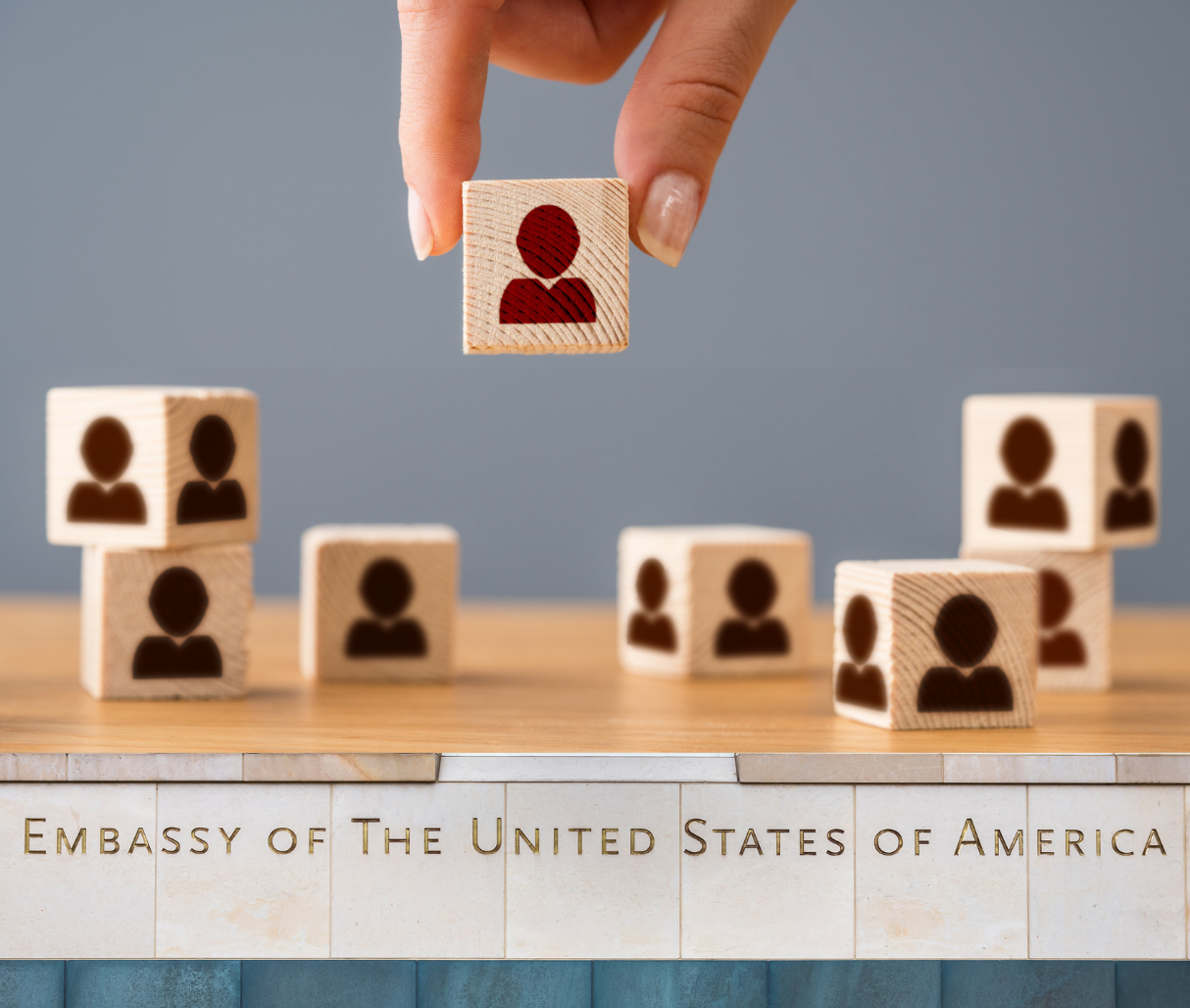
EB-5 Falls Under Tier 4 as U.S. Embassies and Consulates Release Guidelines for the Prioritization of Immigrant Visas
BY: Sarah Salarano & Kyra Aviles
Since the onset of COVID, moving petitions through US Embassies and Consulates has been nothing short of a nightmare for applicants; EB-5 petitioners have not been exempt from the turmoil. Now, finally, the Department of State (DOS) has released guidelines clarifying how U.S. embassies and consulates prioritize immigrant visa applications.
In an effort to combat the ever-mounting visa processing backlog, the DOS has instituted a four-tier priority system to maximize their limited resources. The DOS has specified that family reunification takes precedence, following instruction from Congress to prioritize immediate relative visa applicants and K-1 (fiancés) of U.S. citizens, followed by family preference immigration visa applicants. The DOS also recognizes the high demand for healthcare professionals to assist with the emergence of the COVID-19 Delta variant, as such embassies and consulates may also prioritize the cases of certain healthcare professionals who will work directly in pandemic response.
The following chart lists the DOS’s immigrant visa prioritization:

Consular sections are encouraged to schedule some appointments for each priority tier every month if they have the resources to do so.
All employment-based visas, including EB-5 and E-2, fall under the fourth tier, making them the government’s lowest priority as of right now. The All employment-based visas, including EB-5 and E-2, fall under the fourth tier, making them the government’s lowest priority as of right now. The DOS “recognizes that visa applicants, particularly those in Tiers Three and Four, will face continued delays.” However, they were forced to make “difficult decisions” to address the growing visa backlog.i
The COVID-19 pandemic has drastically impacted the DOS’s ability to process immigrant visa applications. Travel restrictions, lockdowns, and quarantine restrictions have limited embassy operations globally and continue to restrict visa processing.
In the past year, the backlog has increased more than six times, rising from 75,000 in January 2020 to 491,000+ as of September 2021.ii E-visa applications have been particularly impacted, with less than 50% of E-visa applications issued between March 2020 and February 2021. The recent Regional Center Program expiration has only inflated the growing backlog, as halted interviews will result in EB-5 potentially losing thousands of visas this year and accumulating a backlog of 12,000 to 15,000 cases.
The DOS concluded:
“Though we continue to face real and persistent challenges in the age of the COVID-19 pandemic, we are committed to resolving the immigrant visa backlog and transparently sharing the current status of our worldwide visa operations, while remaining dedicated to the safety of our staff and applicants, and the national security of the United States.”
(i) Immigrant Visa Prioritization (state.gov)
(ii) National Visa Center (NVC) Immigrant Visa Backlog Report (state.gov)
About the Authors
Sarah Salarano is a paralegal at Mona Shah & Associates Global. She graduated from Emory University in December 2020 with a degree in Political Science and English.
Kyra Aviles is a paralegal at Mona Shah & Associates Global. She graduated from Oberlin College in May 2021 with a degree in Political Science and Law & Society.
